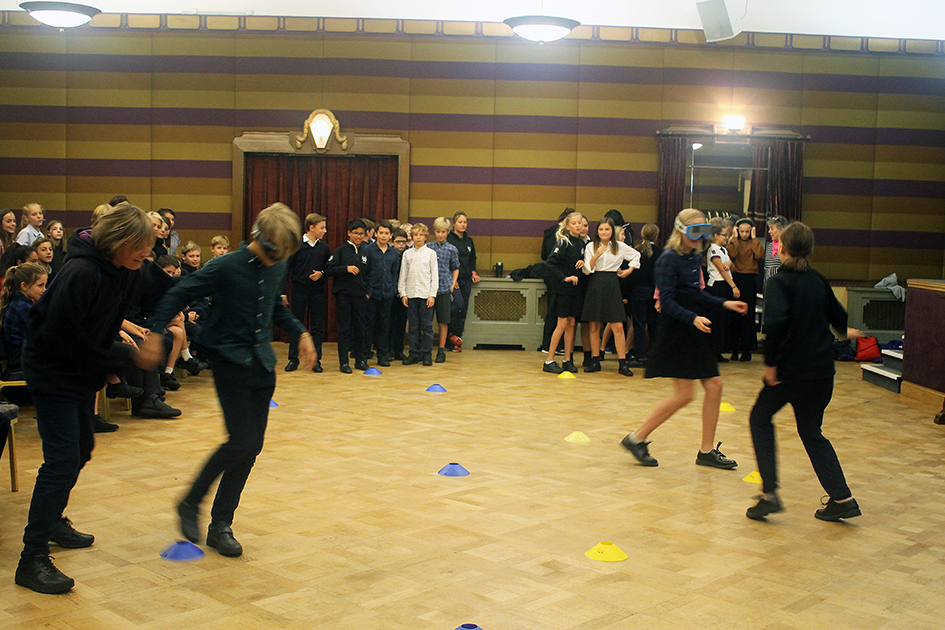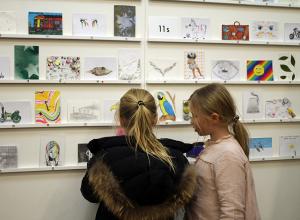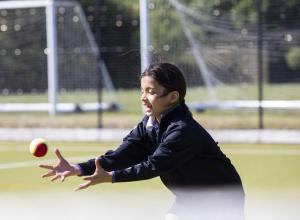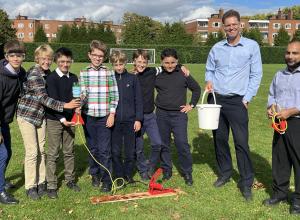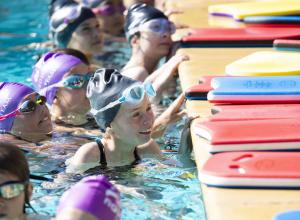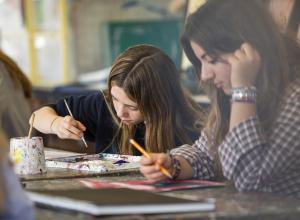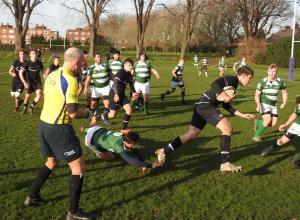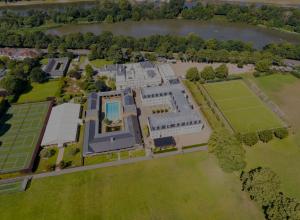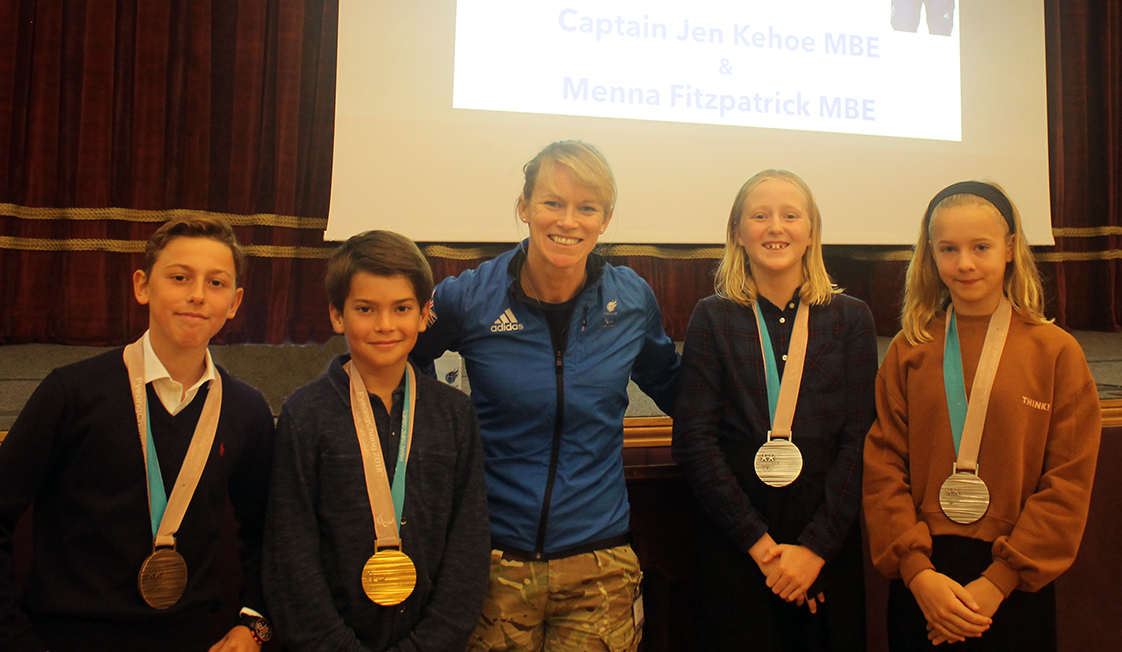
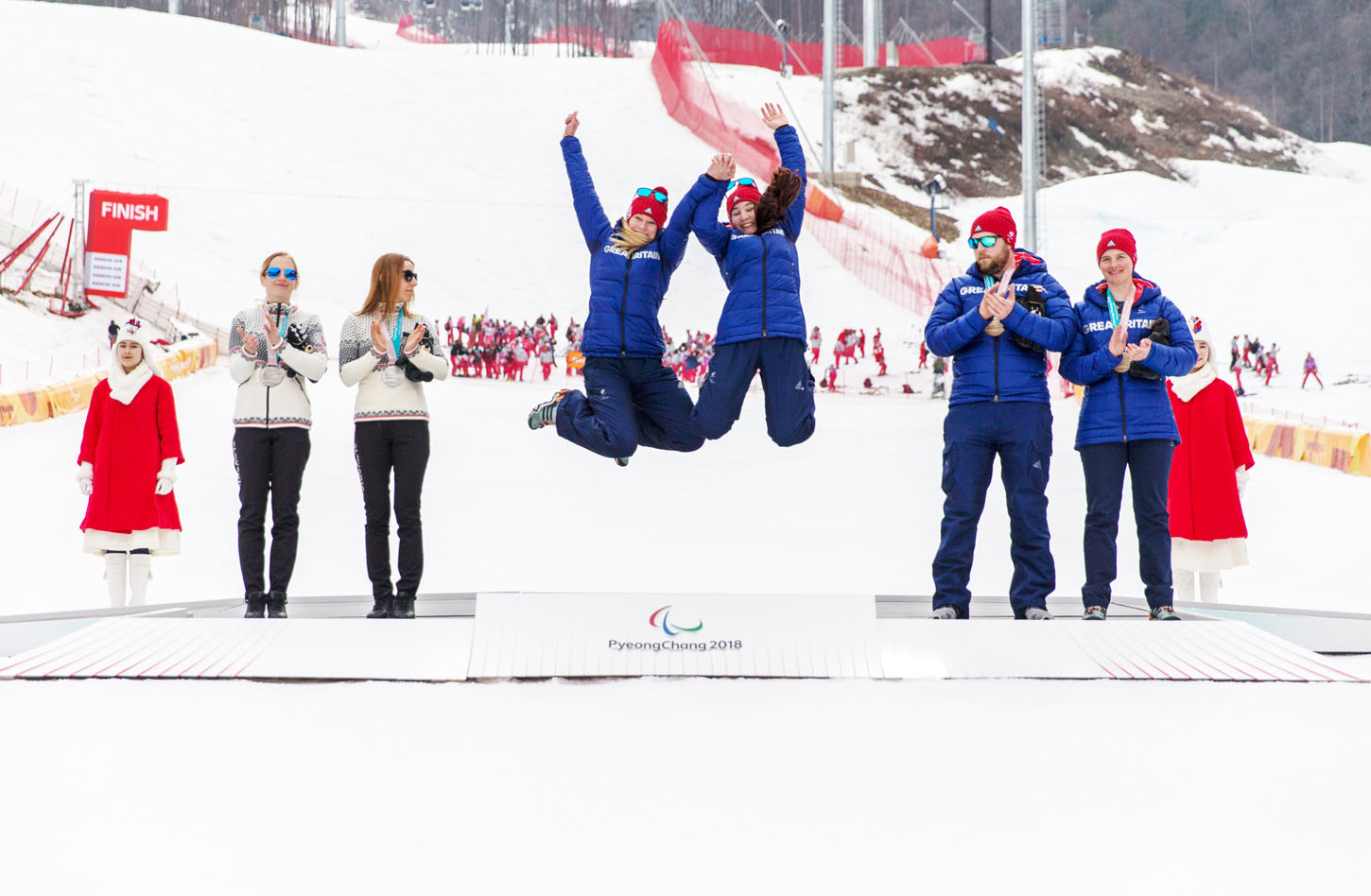 As adults, most of us know from experience that good planning and preparation are almost always essential to achieving a difficult goal but children aren’t always quite as ready to take this message on board, often preferring to plunge in and see what happens. That’s one of the reasons why we asked Captain Jennifer Kehoe, MBE to talk at our special 11s assembly on the theme on October 2nd.
As adults, most of us know from experience that good planning and preparation are almost always essential to achieving a difficult goal but children aren’t always quite as ready to take this message on board, often preferring to plunge in and see what happens. That’s one of the reasons why we asked Captain Jennifer Kehoe, MBE to talk at our special 11s assembly on the theme on October 2nd.
An officer in the British Army and a professional skier, ‘Captain Jen’ is the sighted guide to visually-impaired skier Menna Fitzpatrick, specialising in Slalom events which require the pair to negotiate steep snow slopes and complex, slippery courses at speeds of up to 70 miles per hour. Menna and Jen have won many races including a World Championship since they hooked up three years ago and in March this year at the Winter Paralympics in Pyeongchang, they hit their inspirational peak, scooping four medals and jointly becoming Britain’s most successful Winter Paralympians of all time.
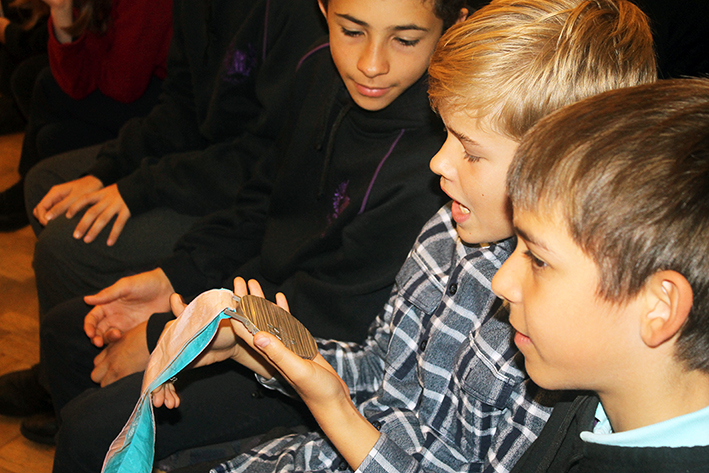
But while her daily life is undoubtedly packed with action and excitement, Captain Kehoe was keen to stress that careful planning, meticulous preparation and a relentless practice regime were all essential to her success. ‘Visually impaired skiing isn’t for the faint-hearted. We have to work as a team to complete the course as quickly as possible at speeds of around 70 mph and ensure that we both cross the finishing line safely,’ she explains. ‘We spent three years training and practising for a series of races, each with two runs which, together last less than five minutes.’
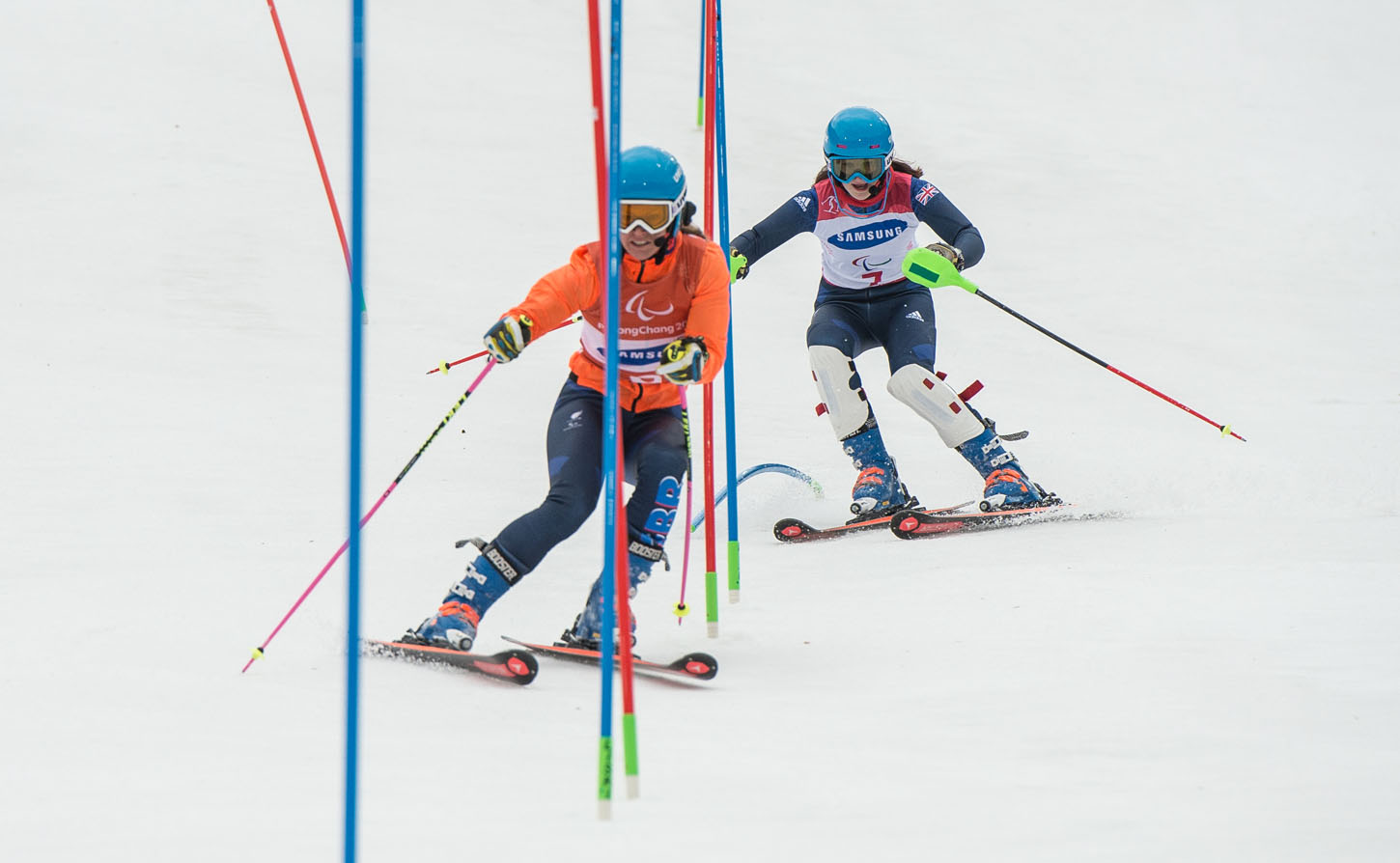 To illustrate just how much practice – and mutual trust – is required for visually impaired skiing, Captain Kehoe divided the 11s into pairs, gave one a set of goggles that restricted their vision and the other a ‘high visibility’ vest and asked the pairs to negotiate a slalom course of cones in the Theatre with the help of a sighted partner. It proved a tricky task even at a trot.
To illustrate just how much practice – and mutual trust – is required for visually impaired skiing, Captain Kehoe divided the 11s into pairs, gave one a set of goggles that restricted their vision and the other a ‘high visibility’ vest and asked the pairs to negotiate a slalom course of cones in the Theatre with the help of a sighted partner. It proved a tricky task even at a trot.
To illustrate just how much practice – and mutual trust – is required for visually impaired skiing, Captain Kehoe divided the 11s into pairs, gave one a set of goggles that restricted their vision and the other a ‘high visibility’ vest and asked the pairs to negotiate a slalom course of cones
Captain Kehoe also had useful advice to offer the 11s on the best way to manage stress. As their final run in the Paralympic Slalom competition approached in March, the pair had already excelled themselves by winning two silvers and a bronze in other slalom events but the thought of losing out on what she calls ‘the ultimate achievement’, a Paralympic gold, had begun to play on Menna and Jen's nerves.
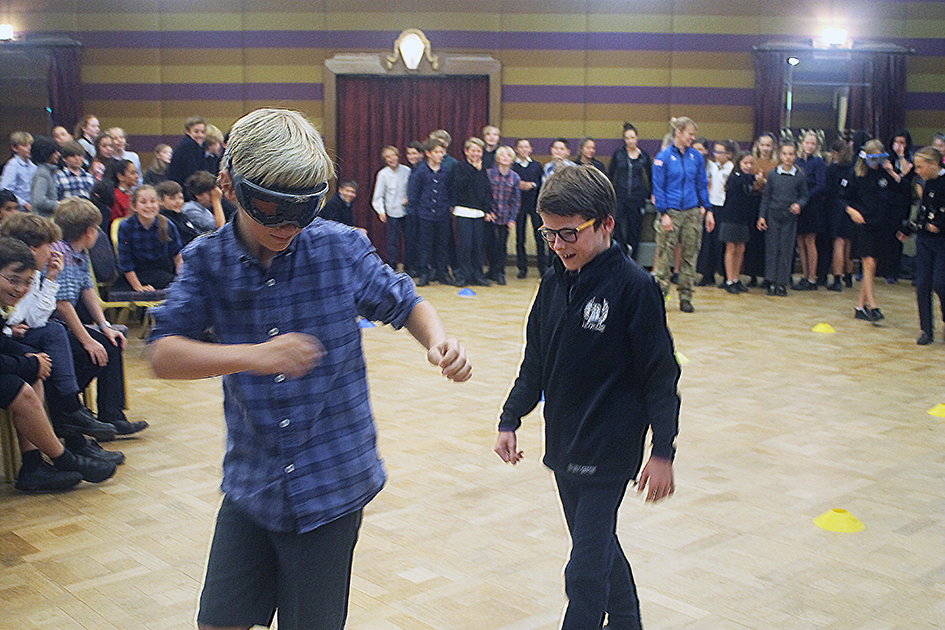 The pair responded by embarking on an unusual relaxation routine. In preparation for their successful run for gold, they visualised a calming cup of tea, harnessed the energy of the butterflies in their stomachs by imagining them taking flight and practised their breathing. Finally, as Menna recalled after the event: ‘We sang songs and danced. We may have been dancing in the start gate! We just needed something to make me giggle and that calmed me down.’
The pair responded by embarking on an unusual relaxation routine. In preparation for their successful run for gold, they visualised a calming cup of tea, harnessed the energy of the butterflies in their stomachs by imagining them taking flight and practised their breathing. Finally, as Menna recalled after the event: ‘We sang songs and danced. We may have been dancing in the start gate! We just needed something to make me giggle and that calmed me down.’
Now there’s a cure for exam nerves, if ever I heard one!
